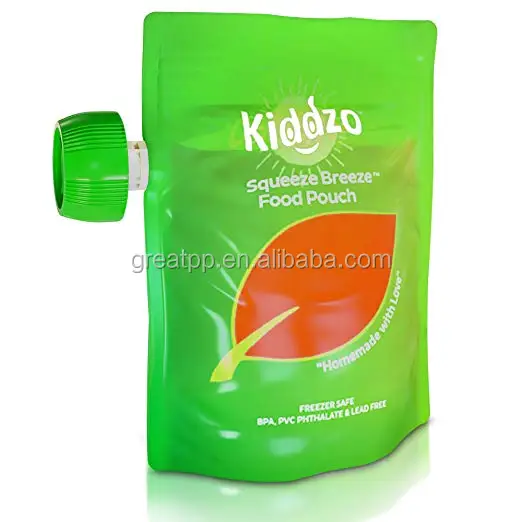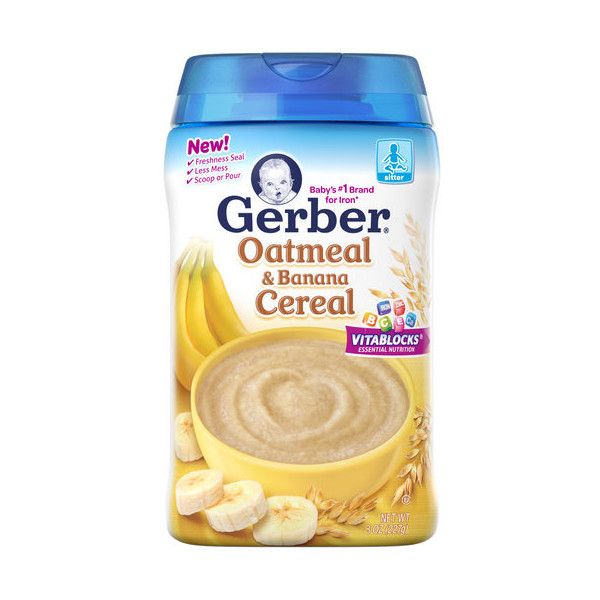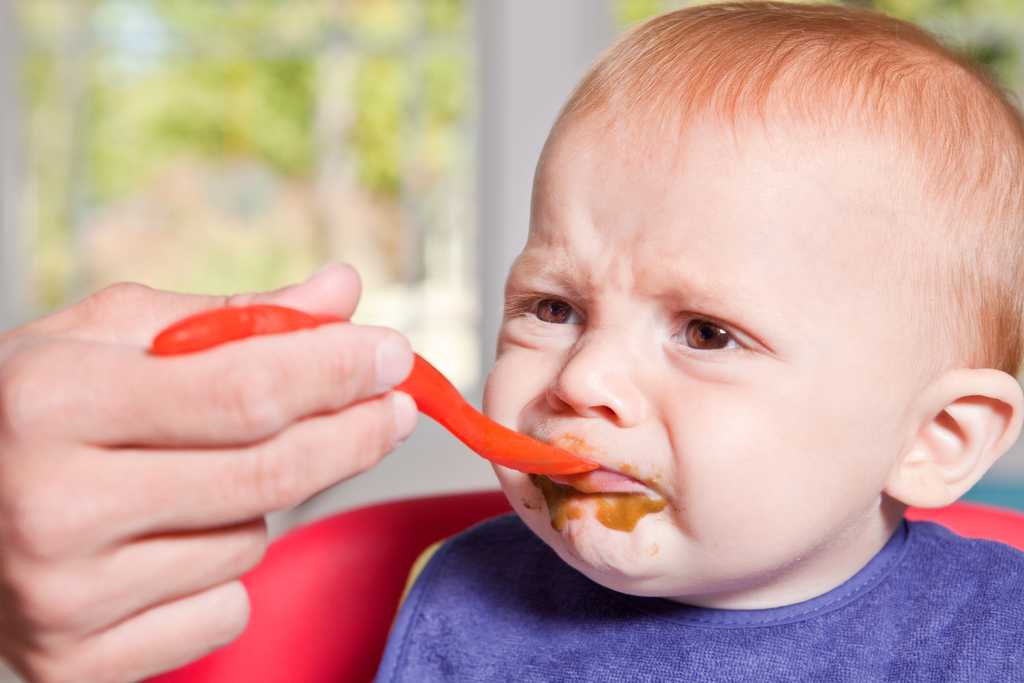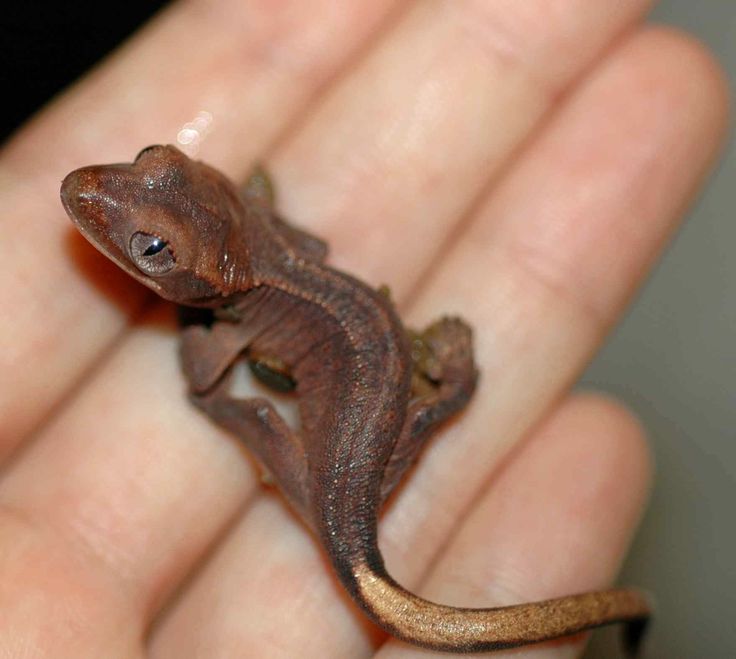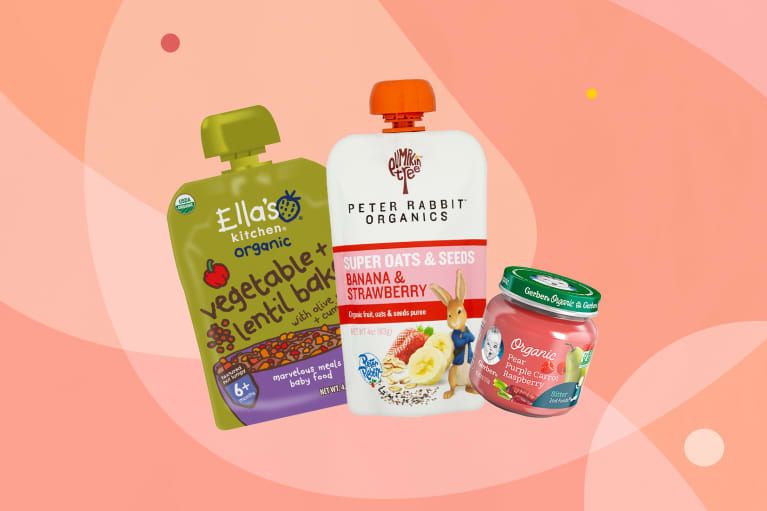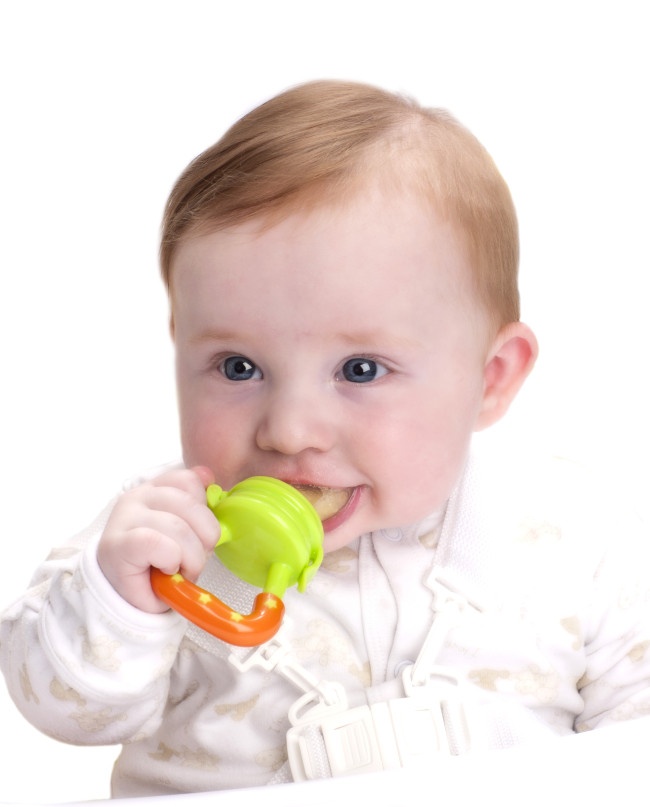Daily food chart for 2 year old baby
Sample Daily Toddler Meal Plan (And Feeding Schedules)
Deciding what to feed your toddler every day can be a challenge so these sample toddler meal plans, feeding schedules, and information on what and when to feed, should help eliminate some of the confusion.
Toddler Meal Plan
To give you examples of what a toddler might eat in a day, I have 5 sample toddler meal plans from my own real life when my middle kiddo was 2 years old. These days represent average days and will show how an appetite might fluctuate and the diversity of foods that we can be offering to our toddlers.
What should toddlers eat?
Each day, toddlers should have a mix of:
- Protein from dairy, nuts/legumes (in forms that are safe for their age), meat, poultry, and fish.
- Complex carbohydrates from whole grains and produce including sweet potatoes and squash.
- Healthy fats such as avocado, flax seed, chia seed, hemp seed, egg yolks, and nuts and seeds.
- Produce including fruits and veggies.
Toddlers also need iron-rich foods and fiber-rich foods, which they’ll naturally get if they eat from a mix of categories above. It’s also a good idea to aim to serve them a wide range of foods to ensure that they’re getting the nutrition they need to grow—and to help avoid falling into a rut of picky eating.
This may sound overwhelming, but really, if you aim for 1-2 food groups minimum at most meals and vary what you serve throughout the week, you don’t need to spend time tracking food groups or counting grams, promise.
TIP: Get a printable Toddler Daily Nutrition Chart here.
How many meals a day should a toddler have?
Most toddlers will do well with three main meals and two smaller snacks a day. Tune in to your toddler though because they may prefer a snack first thing, then breakfast later in the morning at what is typically morning snack time. Many toddlers are also hungry for a dinner-size meal at 4 pm and would be satisfied with a smaller snack closer to bedtime.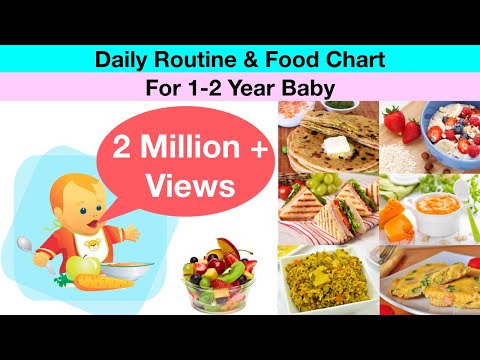 You can adjust as needed.
You can adjust as needed.
TIP: It can help to think of all of the food your child eats in one day as “mini meals” and to serve the same sorts of foods at each meal—instead of saving “snack” foods for just snack times. That can improve your kiddo’s disposition at all meals!
How much time should I allow between toddler meals?
Depending on the age of your toddler, and their activity level, whether they have a cold, and what you’re up to, etc, you can aim for 2-3 hours between meals and snacks. That window of time will give them plenty of time to work up an appetite, which can help them be more interested in eating what you serve them.
Having set meal and snack times is a good routine to aim for since it can set a cadence to your day and help your toddler know what to expect. (I.E., try not to allow grazing on snacks all day since that is the fastest way to ruin an appetite for an actual meal!)
TIP: Learn what to do when your toddler won’t eat here.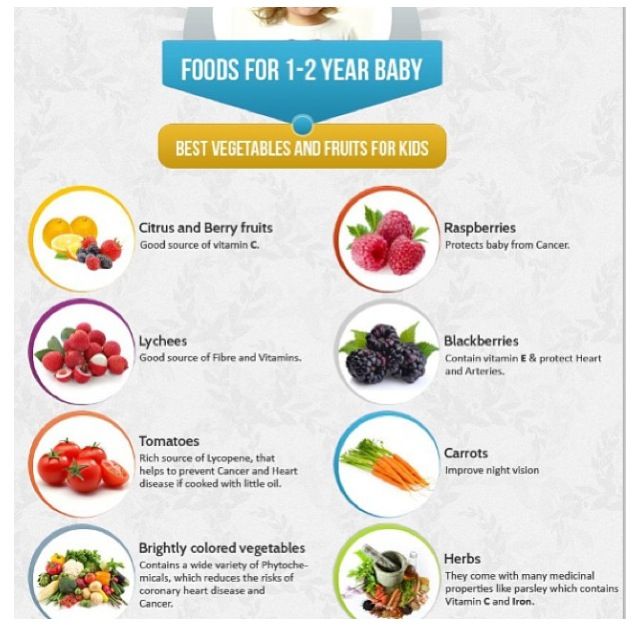
Toddler Feeding Schedule
Here’s a look at three sample options for toddler feeding schedules that might work for your toddler. These are not set in stone because I realize that everyone has a different daily schedule but are meant to be examples for you to consider and adjust.
- 7 am: Breakfast
- 9:30 am: Morning Snack
- 12 pm: Lunch
- (1 pm nap)
- 3 pm: Afternoon Snack
- 5:30 pm: Dinner
OR
- 6 am: Breakfast
- 9 am: Morning Snack
- 11:30 am: Lunch
- (12 pm nap)
- 2:30 pm: Afternoon Snack
- 5:30: Fruits and/or Veggies while waiting for dinner
- 6 pm: Dinner
1 Year Old Feeding Schedule
For a one year old who’s still taking two naps a day and having bottles or breastfeeding, here’s a look at what their schedule might be. (For more info on how to wean a toddler and gradually drop bottles or breastfeeding (if you want to), this post has all of the weaning info you might need.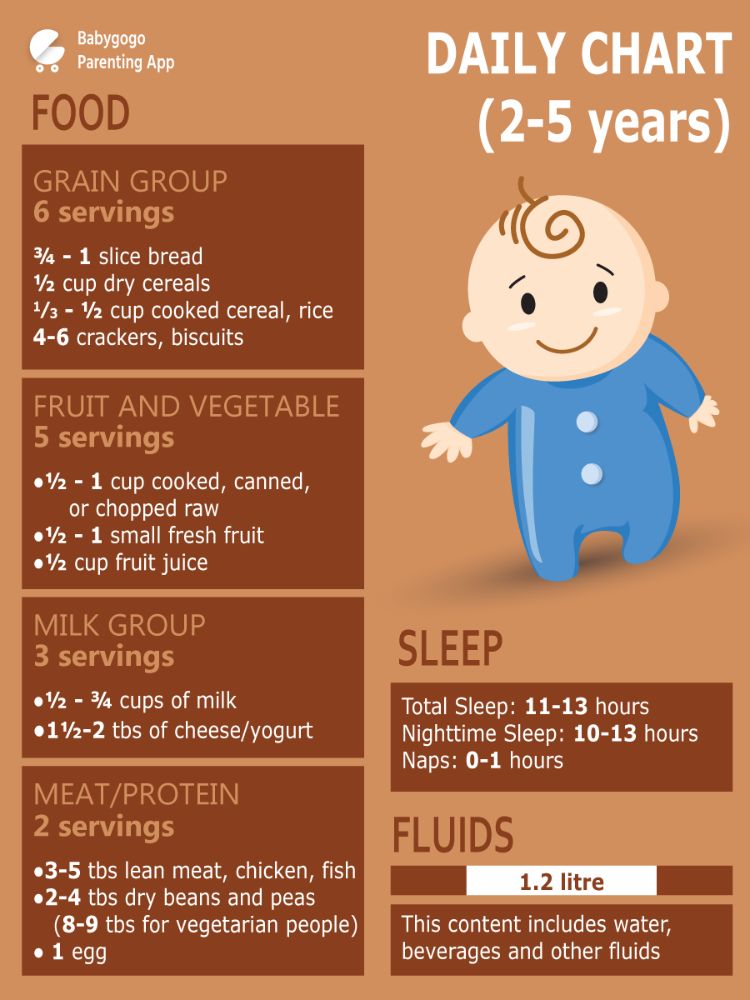 )
)
- 6 am bottle or breastfeeding
- 7 am: Breakfast
- 9 am: Morning Snack
- (9:30 am nap)
- 10:30 am bottle or breastfeeding
- 11:30 am: Lunch
- (1 pm nap)
- 2:30 bottle or breastfeeding
- 3:30 pm: Afternoon Snack
- 5:30 pm: Dinner
- 6:30: bottle or breastfeeding
- (7pm bedtime)
TIP: Find out more about 1 Year Old Feeding Schedules here.
Toddler Meal Plan for 2 Year Old
Here’s a look at a few sample toddler meal plans from real life with my two year old. This first was a weekend day and we typically go lighter on snacks to help our toddler have an appetite for her meals. She ate a solid breakfast this day so the banana was all she needed for her morning snack.
- Breakfast: Applesauce Waffles, applesauce, nut butter
- Morning Snack: Banana, water
- Lunch: Spinach Pesto Pasta with Peas, grapes, fruit leather, milk
- Afternoon Snack: Cherry tomatoes, raisins
- Dinner: ½ Cheesy Meat Bun, broccoli, milk
Sample Toddler Meal Plan Day Two
This toddler menu was another sample day in our life. On this day, my two year old ate more substantial snacks and didn’t eat all of her main meals, as sometimes happens.
On this day, my two year old ate more substantial snacks and didn’t eat all of her main meals, as sometimes happens.
- Breakfast: Breakfast Cookie, reusable pouch with plain whole milk yogurt
- Morning Snack: Cheese stick, clementine
- Lunch: Butternut Squash Apple Soup, Veggie Straws, fresh snap peas with ranch (she didn’t eat all of this and mostly ignored the soup!)
- Afternoon Snack: Joe’s O’s, kiwi, milk
- Dinner: Taco filling with ground beef, peppers, beans, and corn; cheese quesadilla (she mostly ate the quesadilla in this meal)
Sample Toddler Meal Plan Day Three
I love to make a batch of muffins on the weekend to have on hand for easy weekday breakfasts—and the Banana Oatmeal Muffins are always a hit with my kids.
- Breakfast: Banana Oatmeal Muffin, cantaloupe, milk
- Morning Snack: Sauteed Cinnamon Apples
- Lunch: Bean and Cheese Quesadilla, corn, Roasted Zucchini, Strawberry Applesauce
- Afternoon Snack: Cheese Crackers
- Dinner: Teriyaki Shrimp with Zucchini and rice
Sample Meal Plan Day Four
This may or may not be the right amount of food for your child, so adjust what you serve based on their typical hunger patterns and allow more food if they let you know they’re still hungry.
- Breakfast: Spinach Pancakes, pineapple, peanut butter
- Am Snack: Siggi’s 2% yogurt, cucumbers
- Lunch: Sweet Potato Grilled Cheese, peppers, freeze-dried strawberries, chocolate chip cookies
- PM Snack: Cheese stick and clementine
- Dinner: Egg Muffins with veggies, salsa, applesauce, Triscuits
Sample Meal Plan Day Five
We do oatmeal at least twice a week and I’ve found that having it in a regular cadence each week increases the likelihood that my toddler will be happy to eat it.
- Breakfast: Oatmeal with blueberries
- Am Snack: Banana
- Lunch: Carrot Cake Muffins, Roasted Carrot Fries, cottage cheese, grapes
- PM Snack: Cottage cheese, raspberries, graham crackers
- Dinner: Baked Chicken Tenders, Cheesy Rice with Carrots, watermelon
TIP: My kiddo was on a cottage cheese kick on this day, hence having it twice.
How do I know if my toddler is eating enough?
If your toddler is healthy and is energetic, is meeting milestones and is gaining weight, you can trust them to eat as much as they need for their hunger assuming there are no medical issues at play. (If there are medical concerns, always check in with your pediatrician.)
(If there are medical concerns, always check in with your pediatrician.)
To help them do this, try to:
- Limit distractions at the table, turning off screens so they can focus on their food.
- Sit with them while they eat so they start to learn table manners and can mimic what they see you doing.
- Don’t pressure them to eat more than they seem to want.
- Read up on the Division of Responsibility in Feeding to avoid power struggles.
- Set meal times and decide what to feed at each meal.
- Let the kids decide what of the food to eat and how much.
- Aim to serve a variety of healthy foods throughout the week.
- Remember that just because a toddler refuses a food doesn’t mean that they don’t like it.
- Keep foods you want them to eat in regular rotation so they’re familiar.
- Serve small portions to avoid overwhelming the kids.
- Be patient, they’re still learning!
- Remember that appetites naturally fluctuate and that is not a cause for concern.

TIP: Learn more about normal picky eating in toddlers.
There’s No Such Thing As a Perfect Toddler Diet
And most of all, take images of meals that other kids are eating with a grain of salt. No two kids are the same, no two families are the same. There is not one perfect way to feed a toddler, but I hope that seeing some examples do help!
Click here for a printable Daily Toddler Nutrition Guide.
I’d love to know how you approach toddler meals and timing in your house, so please comment below to share!
Sample Menu for a Two-Year-Old
Log in | Register
Ages & Stages
Ages & Stages
Listen
Español
Text Size
By age two, your child should be eating three healthy meals a day, plus one or two snacks. He or she can eat the same food as the rest of the family. Do not fixate on amounts and do not make mealtimes a battle. Whenever possible, offer your child finger foods instead of soft ones that require a fork or spoon to eat.
See the following sample menu ideas for a two-year-old.
He or she can eat the same food as the rest of the family. Do not fixate on amounts and do not make mealtimes a battle. Whenever possible, offer your child finger foods instead of soft ones that require a fork or spoon to eat.
See the following sample menu ideas for a two-year-old.
Note: This menu is planned for a two-year-old child who weighs approximately 27 pounds (12.5 kg).
1 tablespoon = 3 teaspoons (15 mL)
1 tablespoon = 1⁄2 ounce (15 mL)
1 ounce = 30 mL
1 cup = 8 ounces (240 mL)
Breakfast
- ½ cup nonfat or low- fat milk
- ½ cup iron- fortified cereal or 1 egg
- 1⁄3 cup fruit (for example, banana, cantaloupe, or strawberries)
- ½ slice whole wheat toast
- ½ teaspoon margarine or butter or 1 teaspoon jelly
Snack
- 4 crackers with cheese or hummus or ½ cup cut-up fruit or berries
- ½ cup water
Lunch
- ½ cup low- fat or nonfat milk
- ½ sandwich—1 slice whole wheat bread, 1 ounce meat, slice of cheese, veggie (avocado, lettuce, or tomato)
- 2–3 carrot sticks (cut up) or 2 tablespoons other dark- yellow or dark-green vegetable
- ½ cup berries or 1 small (½ ounce) low-fat oatmeal cookie
Snack
- ½ cup nonfat or low-fat milk
- ½ apple (sliced), 3 prunes, 1⁄3 cup grapes (cut up), or ½ orange
Dinner
- ½ cup nonfat or low-fat milk
- 2 ounces meat
- 1⁄3 cup pasta, rice, or potato
- 2 tablespoons vegetable
Additional Information on HealthyChildren.
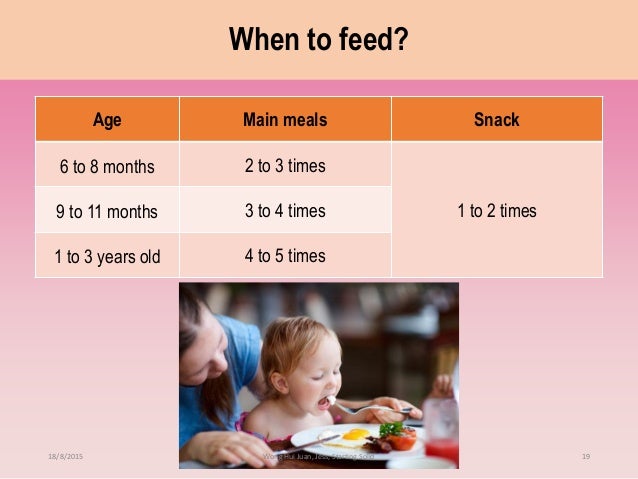 org:
org: - Unsafe Foods for Toddlers
- Selecting Snacks for Toddlers
- Picky Eaters
- Winning the Food Fights
- Last Updated
- 12/21/2015
- Source
- Caring for Your Baby and Young Child: Birth to Age 5, 6th Edition (Copyright © 2015 American Academy of Pediatrics)
The information contained on this Web site should not be used as a substitute for the medical care and advice of your pediatrician. There may be variations in treatment that your pediatrician may recommend based on individual facts and circumstances.
2 year old child's menu with recipes
Menu author: Natalia Dik — pediatrician. She graduated from the Chelyabinsk Medical Academy, clinical internship and residency, specialty pediatrics. She has been working in her specialty since 2007, from 2005-2008 she has been the head of the Allergy Department of the City Clinical Hospital No. 1 of Chelyabinsk, since 2008 she has been a specialist in clinical trials of drugs. She enjoys cooking and practices the Menu of the Week system in her daily life. She graduated from the Chelyabinsk Medical Academy, clinical internship and residency, specialty pediatrics. She has been working in her specialty since 2007, from 2005-2008 she has been the head of the Allergy Department of the City Clinical Hospital No. 1 of Chelyabinsk, since 2008 she has been a specialist in clinical trials of drugs. She enjoys cooking and practices the Menu of the Week system in her daily life. |
By the age of two, most babies are able to eat many foods and dishes on their own, there is no need to grind food in a blender or knead with a fork. Rejoicing at such changes, some parents want to give the baby to try more new dishes. Some, on the contrary, are afraid to introduce something new, and they are in no hurry to transfer it to the general table. There is some common sense in both approaches. Although the digestive system of a two-year-old baby is already much more mature compared to a one-year-old, nevertheless, it is not yet strong enough.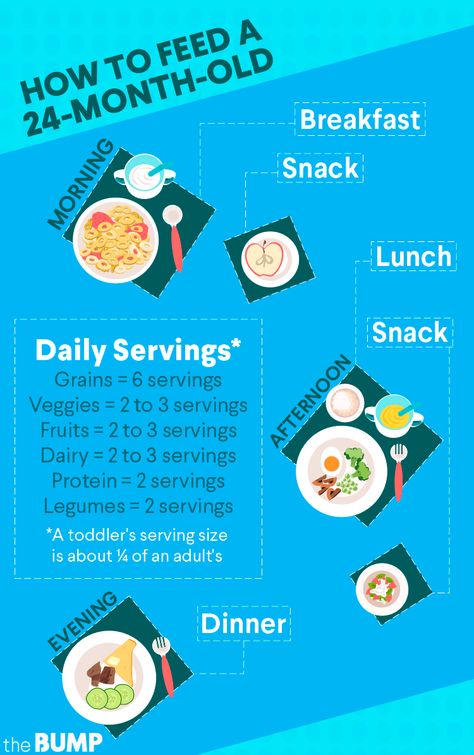 Therefore transition to adult food should be gradual .
Therefore transition to adult food should be gradual .
The sample menu for week below is suitable not only for feeding a two-year-old child, but also for the whole family.
Do not worry if one of the days the child has not eaten all the dishes you have prepared. Our ideas about how much a two-year-old baby should eat often differ from reality in the direction of overestimation. In addition, children may have their own characteristics and preferences. Everything new is best offered in small portions. Often, babies carefully try unfamiliar or otherwise prepared foods, but if they are offered the same dish next time, they can eat it with pleasure.
MONDAY
Breakfast: Porridge made of oatmeal with caramel apples
Lunch: Pumpkin soup with chicken+salad “Sunny”
SUPPLE: Smoothies with shepherd
Dinner: Stewed vegetables with freaksheels
Pediatrician's comment: As with all ages, it is very important to diversify the diet of children, including different types of foods . Recommended norm of milk and dairy products - up to 600 ml (of which at least 200 ml are fermented milk products), vegetables 300-400g (of which potatoes - no more than 150g), fruits - 130g, meat (red or poultry) - up to 90g per day , bread - up to 90g (of which black - no more than 30g). It is advisable to eat fish 2-3 times a week (weekly norm 175g), eggs - no more than 3 times a week. |
TUESDAY
Breakfast: Kindergarten-style scrambled eggs
Lunch: Borsch-mashed potatoes + Potato casserole with vegetables
Snack: Baked apples with cottage cheese
Dinner:
Pediatrician's comment: Make sure your child drinks enough liquids. |
MEDIUM
Breakfast: Millet porridge with pumpkin in a slow cooker
Lunch: Borscht puree + White cabbage salad with apple
Afternoon snack: Banana smoothie with cookies and nuts
Dinner: Buckwheat porridge + Braised liver
Pediatrician's comment: In the diet of two-year-old children, there should be no such things as fast food (in addition to hamburgers and french fries, these are various chips and store-bought crackers), smoked meats, semi-finished products (sausages, sausages), canned and pickled foods, mushrooms and seafood. |
THURSDAY
Breakfast: Cottage cheese casserole with apples
Lunch: Soup with fish meatballs + Carrots and dried apricots
SUPPLE: yogurt+milk cake
Boutiker porridge+carcass liver
Pediatrician's comment:Of course, it is best to prepare baby food from natural products. If, nevertheless, there is a need to purchase finished products (yogurts, curds, etc.) - be sure to read the information about the composition of on the labels, since at present, even in products intended for baby food, you can often find various flavors, thickeners and preservatives. Manufacturers use many tricks to confuse customers (for example, they write "No preservatives" even if the composition contains citric acid, a powerful preservative). |
FRIDAY
breakfast: Sweet pilaf with dried fruits and nuts
lunch: Soup with fish meatballs + Salad “Vitamin”
SUPPORT: yogurt+milk cake
Dinner: Potato cutlets with turkey and raw
Pediatrician's comment:At the age of two, it is already allowed to introduce a small amount of fried , however, try not to abuse this cooking method, preferring boiling, stewing or baking to it. |
SATURDAY
Breakfast: Cottage cheese casserole with pumpkin in a slow cooker
Lunch: Ratatui soup in a multicooker+beetroot salad with prunes and feta
Polteria: Kisel from cherries
Dinner: Potato cutlets with turkey and raw
Pediatrician's comment: The diet of children at the age of two remains 5 times a day: three main meals (breakfast, lunch, dinner) and two intermediate ones. |
SUNDAY
Breakfast: Pancakes with carrots Some experts do not recommend introducing sugar and confectionery into the diet until the age of three , or even for life. If you are already giving your child sweets, remember that the daily intake of sugar for a two-year-old child is up to 50g per day, and the less, the better. Health to you and your children! Author: Anastasija Stewed vegetables with meatballs is a recipe for all ages and seasons. Small, ruddy, juicy and fragrant meatballs are always desired and loved by adults and children. And complemented by mouth-watering and bright stewed vegetables, they are generally irresistible and very, very healthy! These meatballs have a little secret - they contain cottage cheese, but there is no usual bread or crackers, so they will serve as a rich source of animal protein. And carrots and cabbage will add vitamins and fiber, make this dish a great lunch or dinner for the whole family. Especially it will appeal to children from about 2. ★★★★★ 3 Rate recipe Ingredients: Preparation: Mix minced meat, chopped onion, cottage cheese and egg. Salt and pepper, mix well. Shape into small, walnut-sized meatballs. Heat oil in a large heavy-bottomed saucepan. Add the meatballs and fry first over high and then over medium heat until golden brown on all sides, about ten minutes. Remove the meatballs from the saucepan and keep warm. Carrots in thin circles along the oblique, and cabbage in squares. Put the vegetables in the pan where the meatballs were fried and simmer, stirring, over low heat for about five minutes. Add about 125 milliliters of boiling water, cover and simmer for ten minutes.
Lunch: Ratatouille soup in a slow cooker + Beetroot salad with prunes and feta
Afternoon snack: Cherry jelly
Fish casserole 10019 Fish casserole1 9000
Pediatrician's comment: 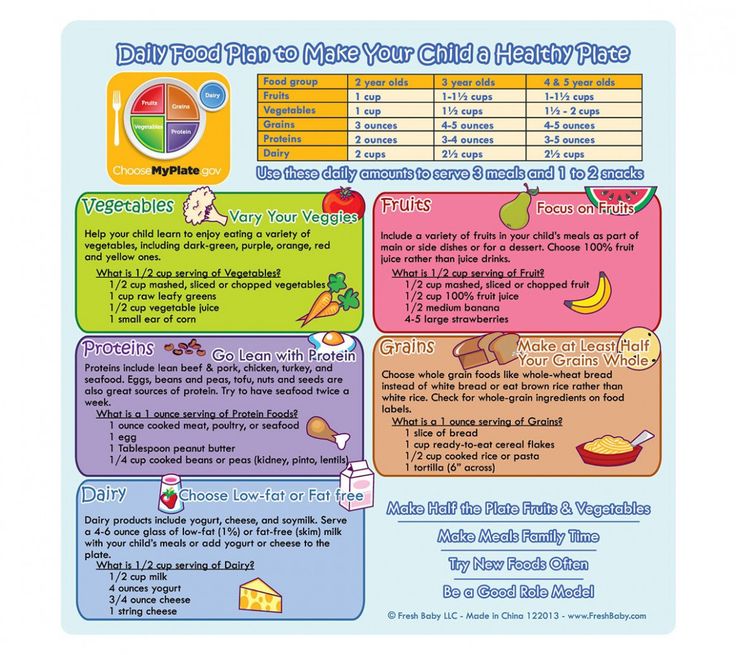 Chocolate and chocolates should be avoided as they stimulate the nervous system of children, often cause allergies and can cause constipation.
Chocolate and chocolates should be avoided as they stimulate the nervous system of children, often cause allergies and can cause constipation. Do you like these recipes?
Stewed vegetables recipe with meatballs
 5 years. In this case, take lean minced veal. It is especially tasty to cook this dish from young vegetables: cabbage and carrots.
5 years. In this case, take lean minced veal. It is especially tasty to cook this dish from young vegetables: cabbage and carrots.
In addition, meatballs are convenient to freeze and store in the freezer, which makes them a universal helper for every housewife.

While the meatballs are frying, chop the washed and peeled vegetables.


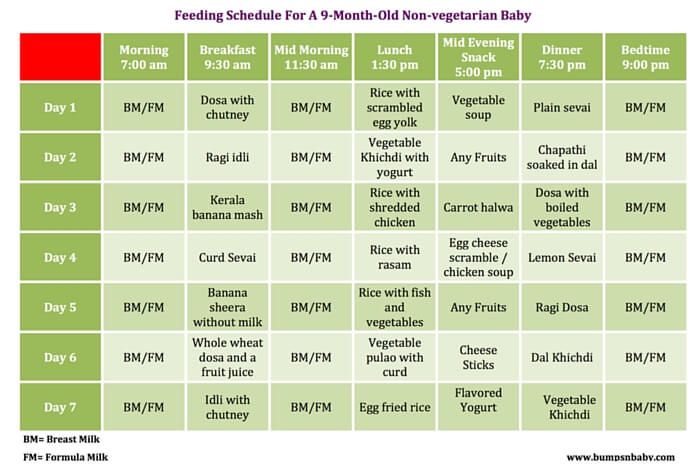 At the same time, vegetables (fresh and cooked), fruits, cereals, milk and dairy products, vegetable and butter should be on the children's menu daily.
At the same time, vegetables (fresh and cooked), fruits, cereals, milk and dairy products, vegetable and butter should be on the children's menu daily.  The norm is 35 ml/kg of water per day ie with a weight of 12 kg your baby should drink 420 ml. It is desirable that it be clean water. If the child refuses it, you can try to give unsweetened compote, herbal tea, but not store-bought juices.
The norm is 35 ml/kg of water per day ie with a weight of 12 kg your baby should drink 420 ml. It is desirable that it be clean water. If the child refuses it, you can try to give unsweetened compote, herbal tea, but not store-bought juices. 

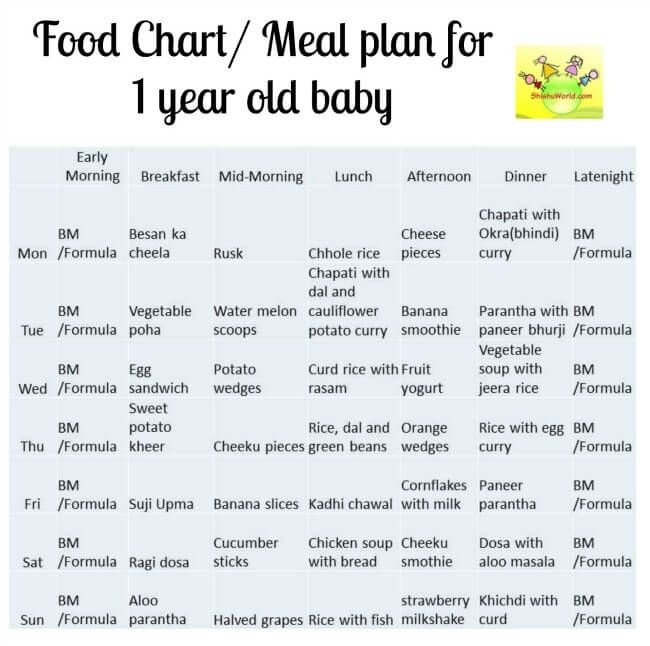 If the break between the main meals is short, then in between it is enough to give an unsweetened fruit (apple, pear) or a vegetable salad (for example, apple + carrot). If the break is long, you can offer the baby a fermented milk product (yogurt, cottage cheese) with bread or cookies.
If the break between the main meals is short, then in between it is enough to give an unsweetened fruit (apple, pear) or a vegetable salad (for example, apple + carrot). If the break is long, you can offer the baby a fermented milk product (yogurt, cottage cheese) with bread or cookies. 